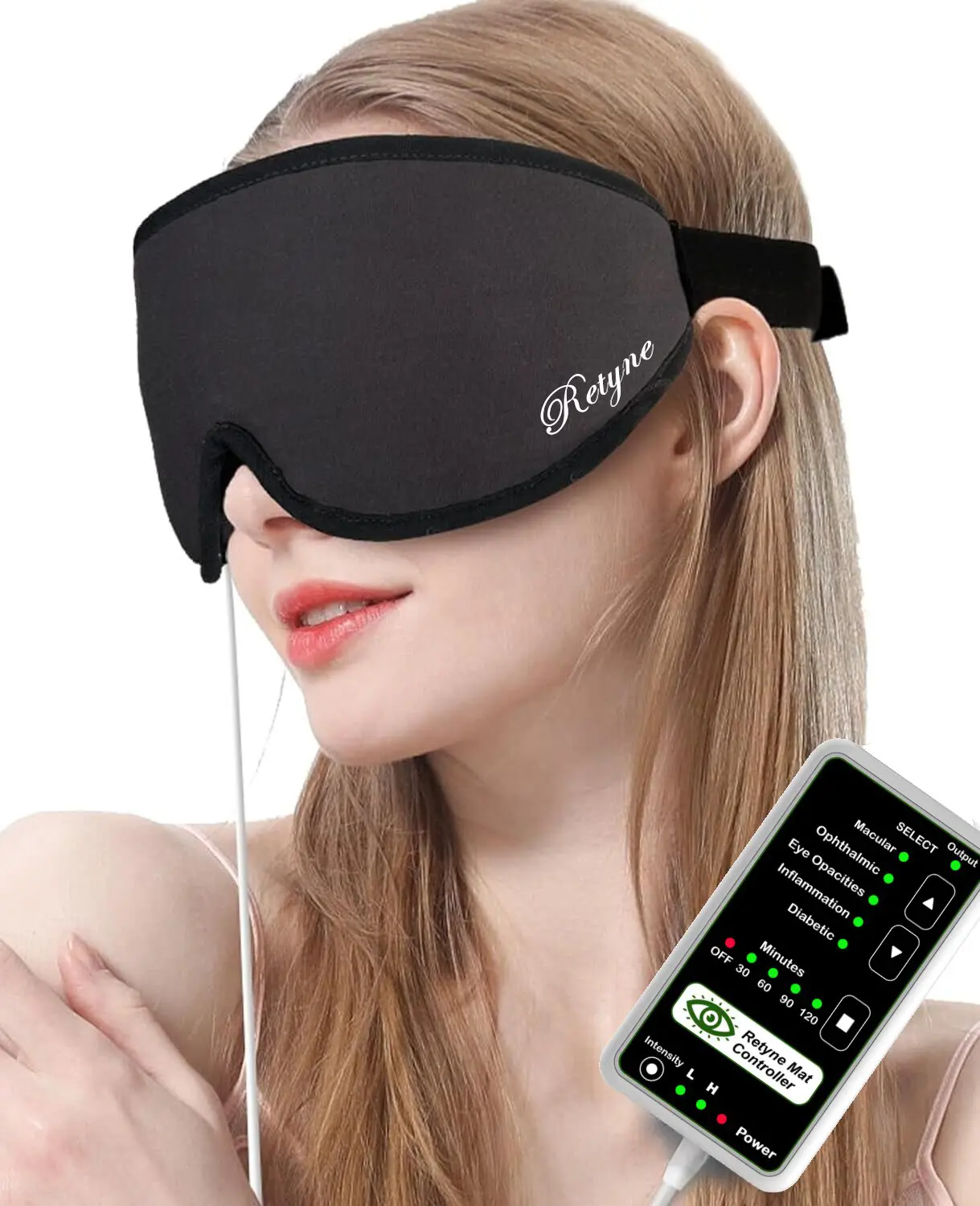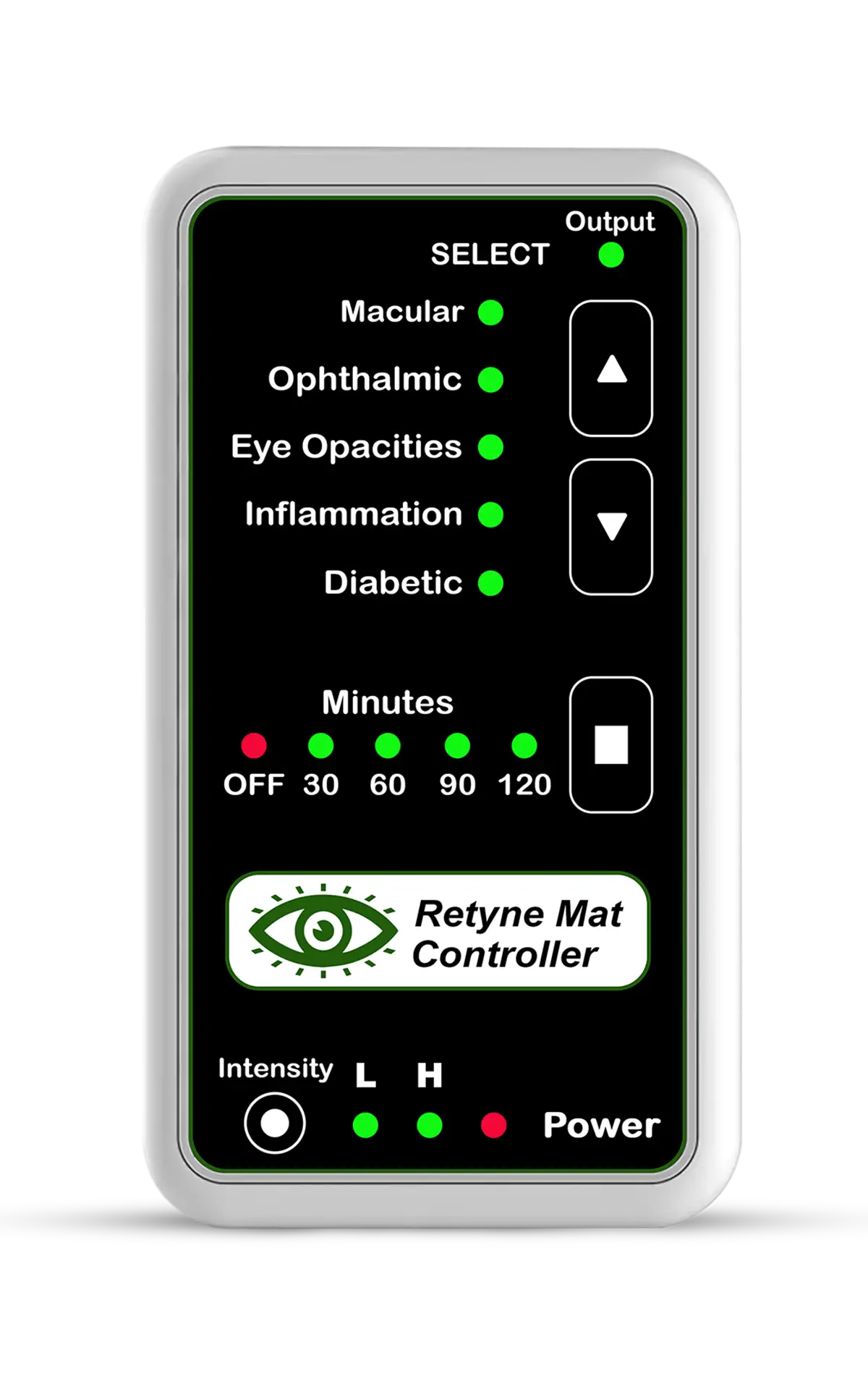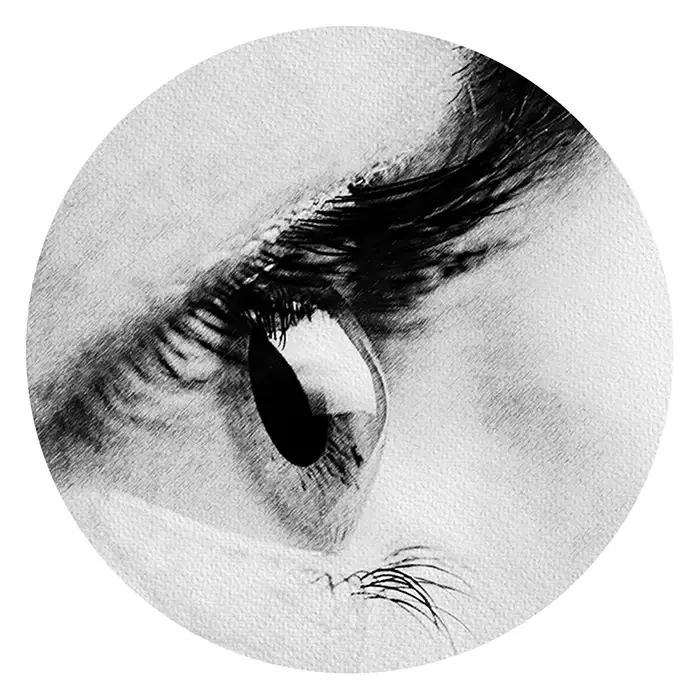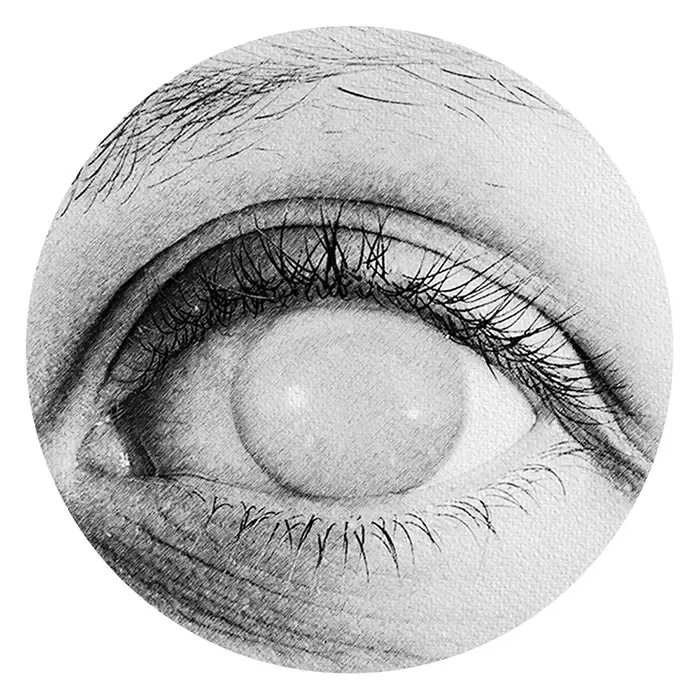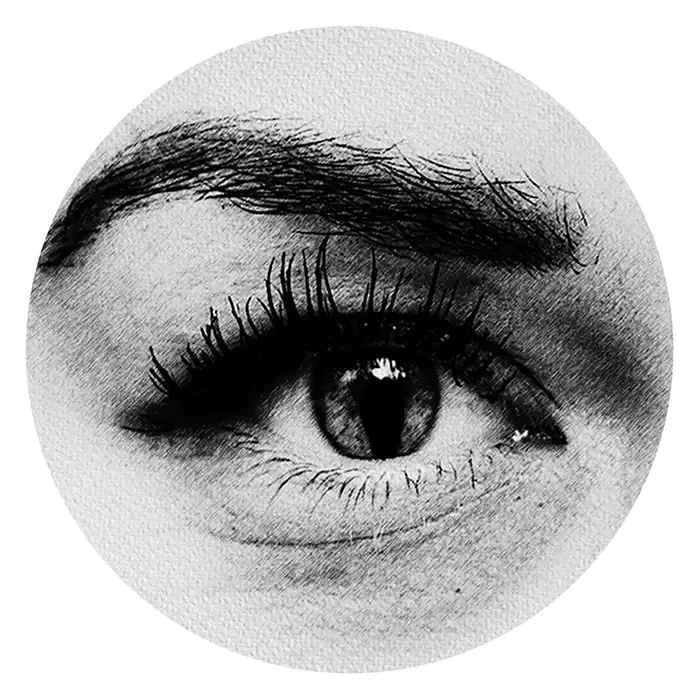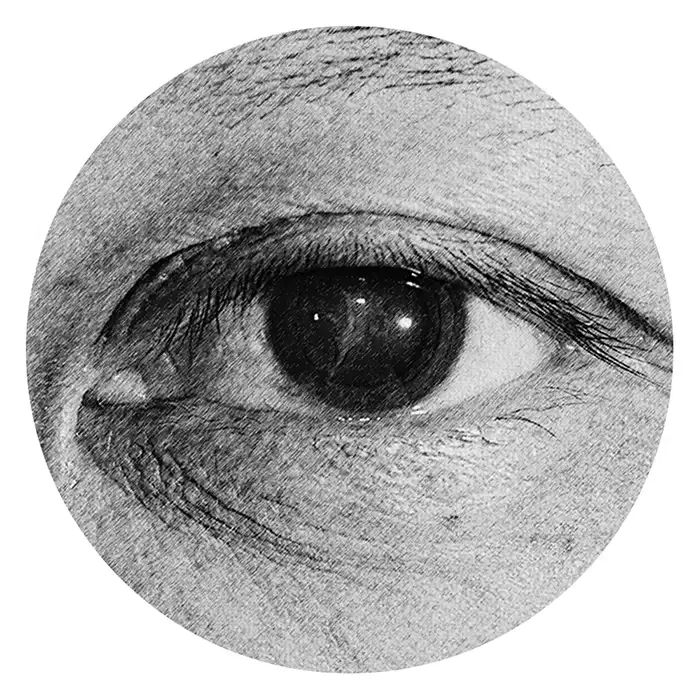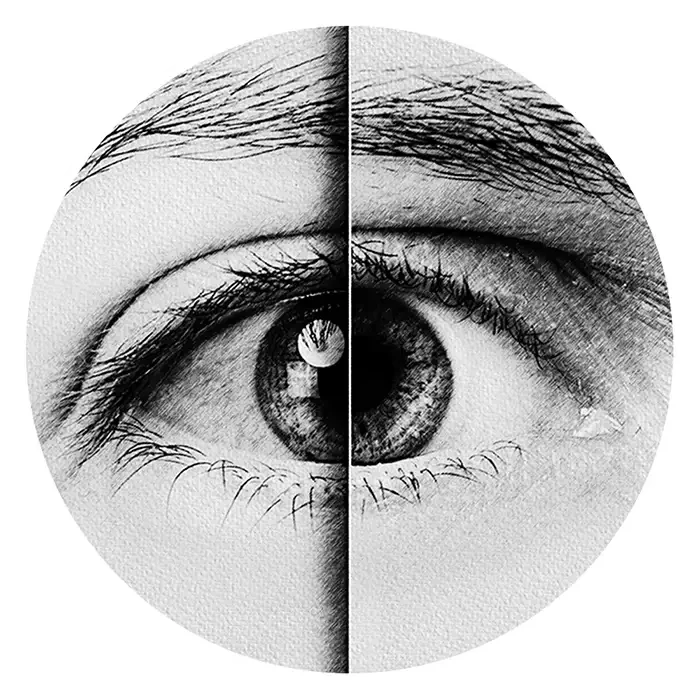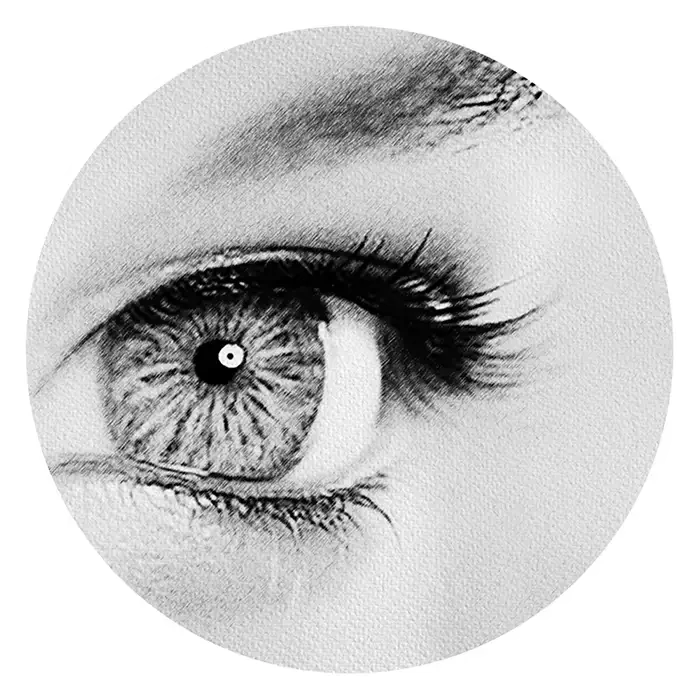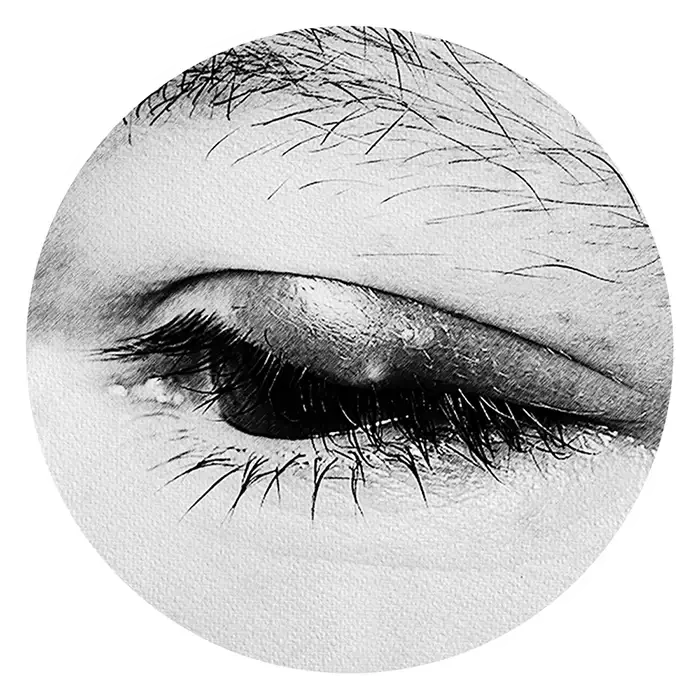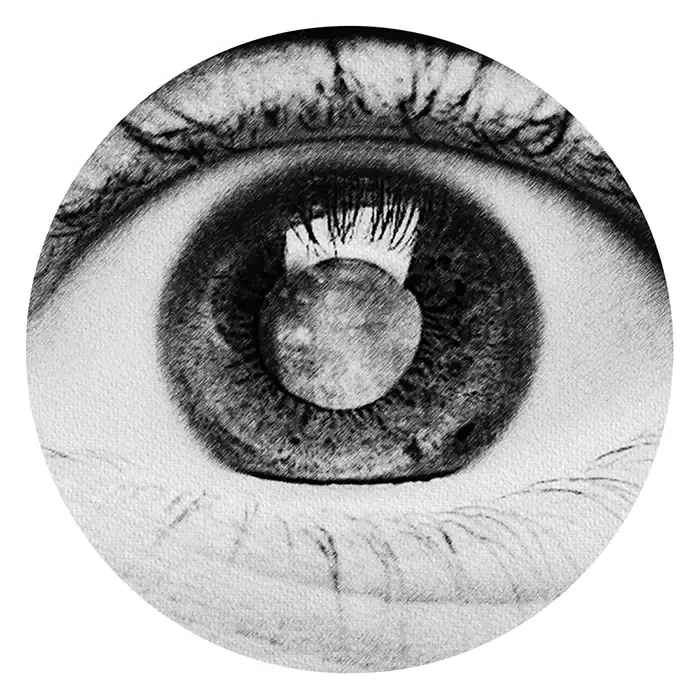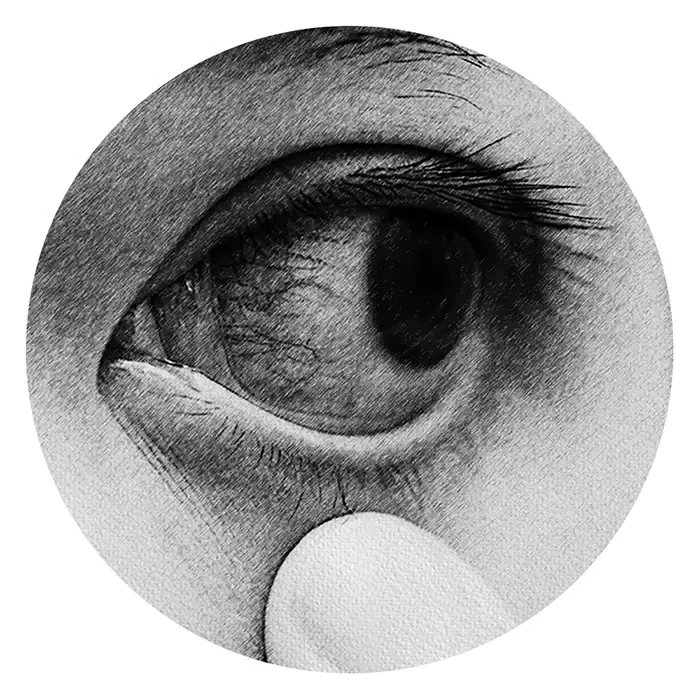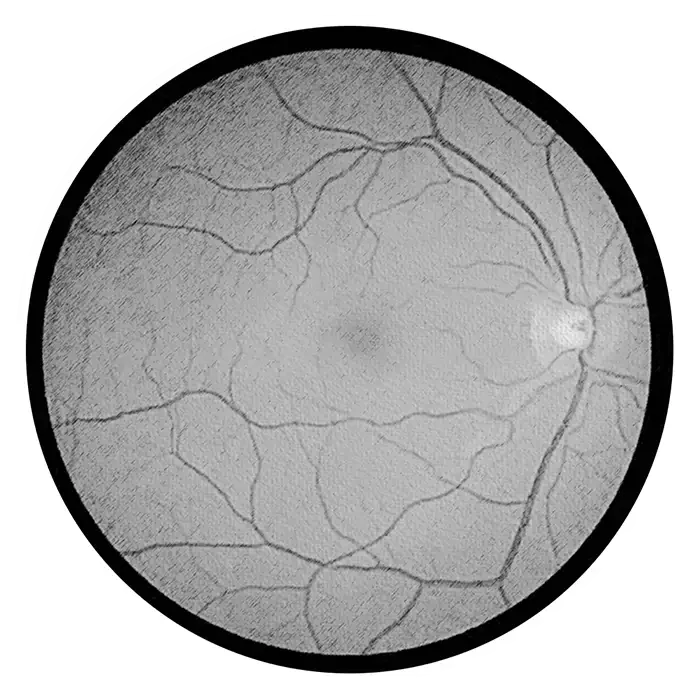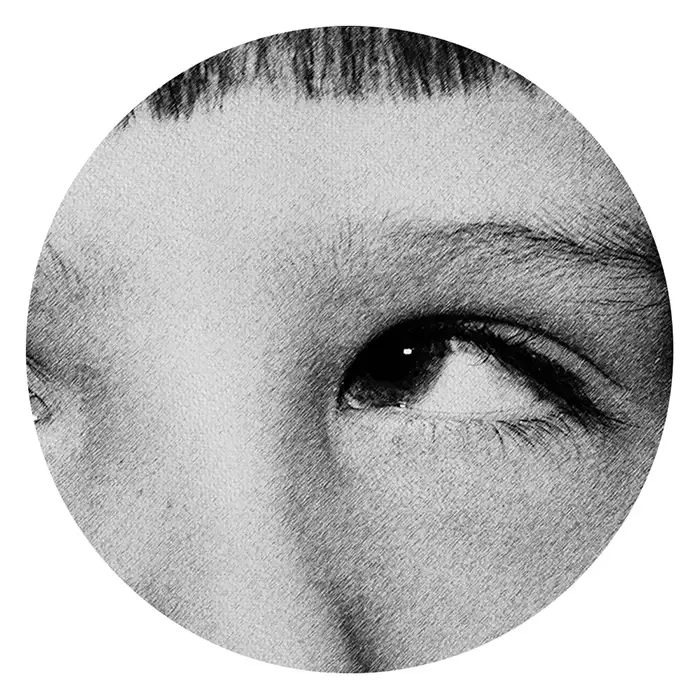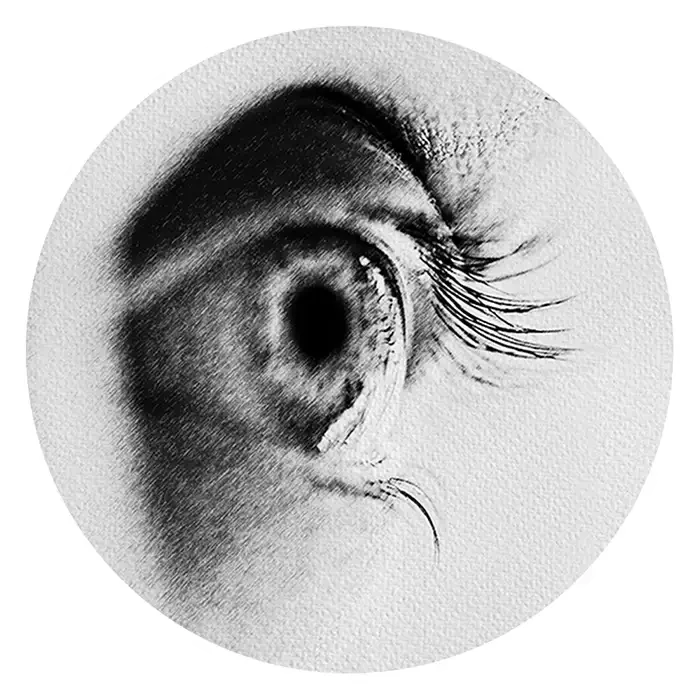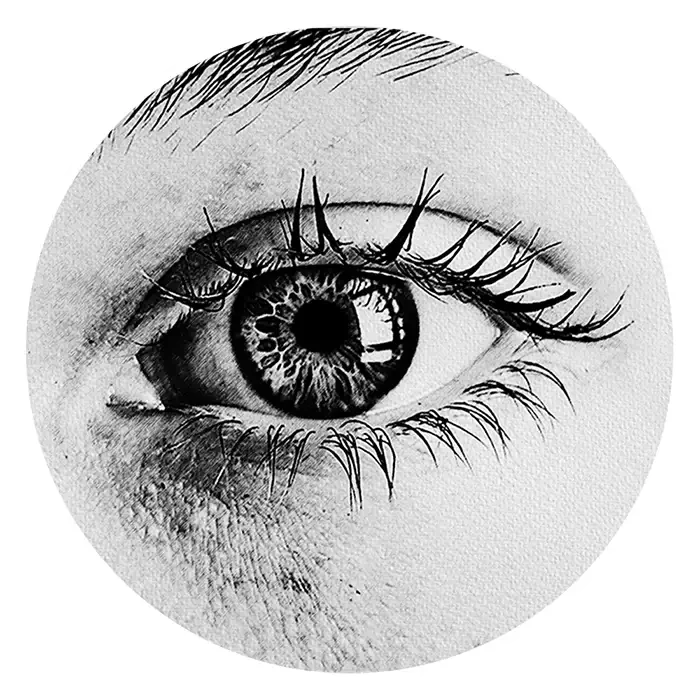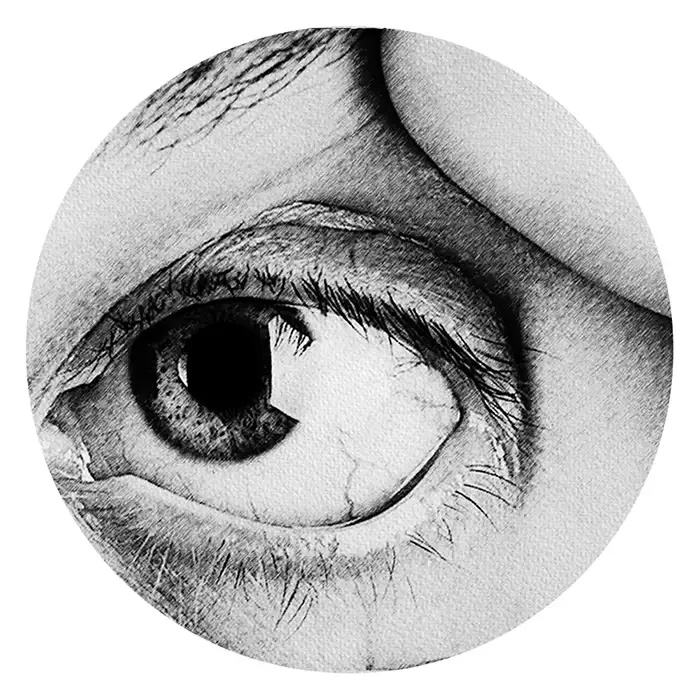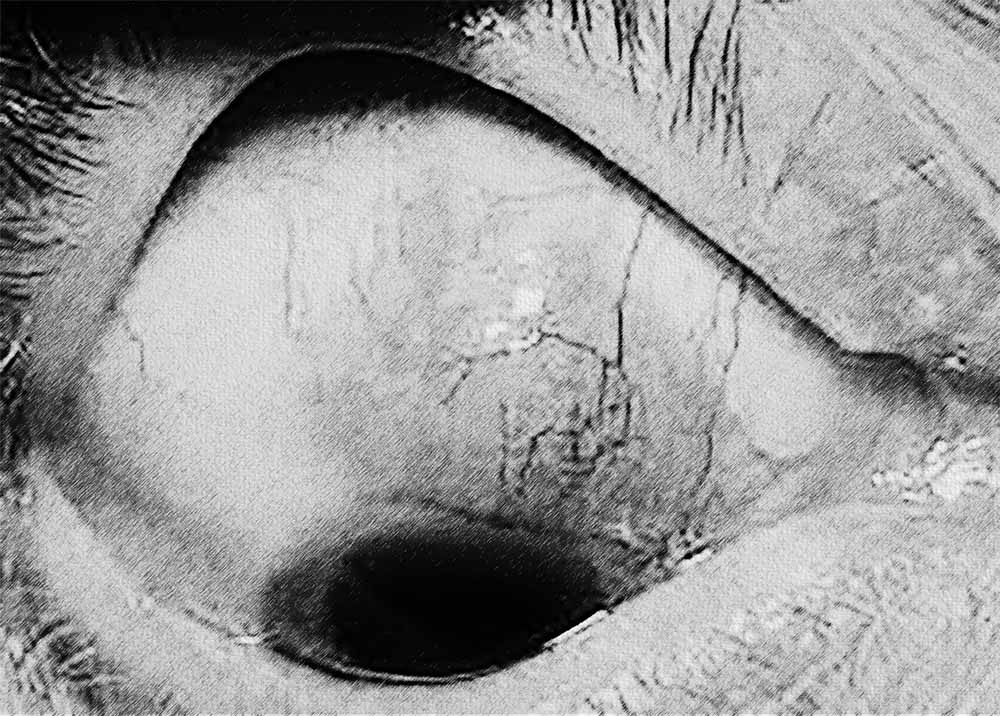
Understanding Scleritis: Types, Diagnosis, and Treatment with Retyne Infrared Eye Treatment Mask
Scleritis is a severe inflammatory condition affecting the sclera, the white outer layer of the eye. It presents with redness, pain, and tenderness around the eye, often accompanied by decreased vision. There are two main types of scleritis: anterior and posterior. Anterior scleritis affects the front portion of the sclera and can be further classified into diffuse, nodular, and necrotizing types. Posterior scleritis involves inflammation in the back portion of the sclera and is typically associated with more severe symptoms.
Diagnosing scleritis involves a comprehensive eye examination by an ophthalmologist. The characteristic features include localized or diffuse redness of the eye, tenderness upon palpation, and thickening of the scleral tissue. Imaging studies such as ultrasound or MRI may be performed to assess the extent of inflammation and rule out associated complications such as uveitis or orbital inflammation. Laboratory tests may also be conducted to identify underlying systemic conditions such as rheumatoid arthritis or autoimmune diseases.
The Retyne Infrared Eye Treatment Mask offers a non-invasive therapeutic approach to managing the symptoms of scleritis, particularly in cases of anterior scleritis where inflammation is more accessible to treatment. Program #4 on the Retyne controller delivers targeted infrared light therapy to the affected scleral tissues, promoting vasodilation, reducing inflammation, and alleviating pain. This adjunctive therapy can be used in conjunction with oral or topical anti-inflammatory medications to enhance the overall treatment response.
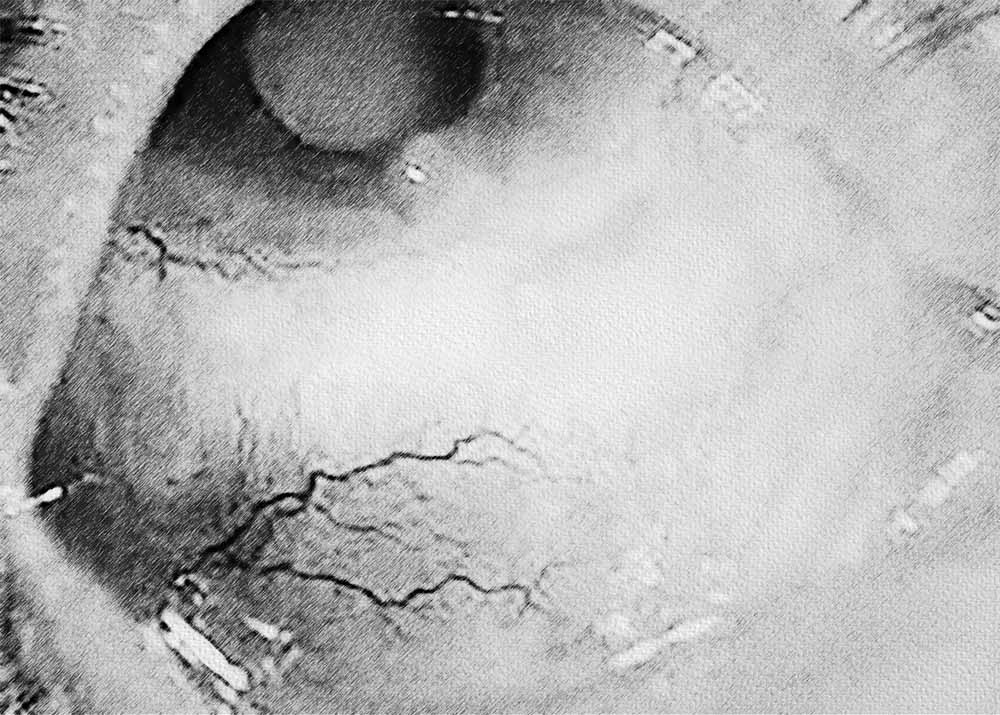
By incorporating the Retyne Infrared Eye Treatment Mask into the management of scleritis, clinicians can provide patients with a safe and effective option for symptom relief. The invisible infrared light therapy penetrates deep into the scleral tissues, exerting its therapeutic effects at the cellular level. This targeted approach minimizes systemic side effects associated with traditional immunosuppressive therapies while optimizing the local anti-inflammatory response. Additionally, the Retyne mask can be used as a complementary therapy to help reduce the frequency and severity of scleritis flares, improving long-term disease control.
Scleritis is a debilitating inflammatory condition of the eye that requires prompt diagnosis and aggressive treatment to prevent vision-threatening complications. The Retyne Infrared Eye Treatment Mask offers a novel approach to managing the symptoms of scleritis, providing patients with a non-invasive option for reducing inflammation and improving ocular comfort. By harnessing the therapeutic benefits of invisible infrared light, clinicians can optimize patient outcomes and enhance their quality of life.
The Retyne eye treatment mask employs a specific array of frequencies (0.06, 0.5, 0.87, 12.85, 27.5, 141, 301.23, 453.02, 783.4, 825.03) meticulously tailored to address symptoms associated with Scleritis. Each frequency is carefully selected based on its documented effectiveness in managing and alleviating this particular visual condition. Retyne's innovative approach involves the transformation of these frequencies into invisible infrared light output, heralding a pioneering fusion of frequencies with light—a revolutionary technology pioneered by Retyne Labs.
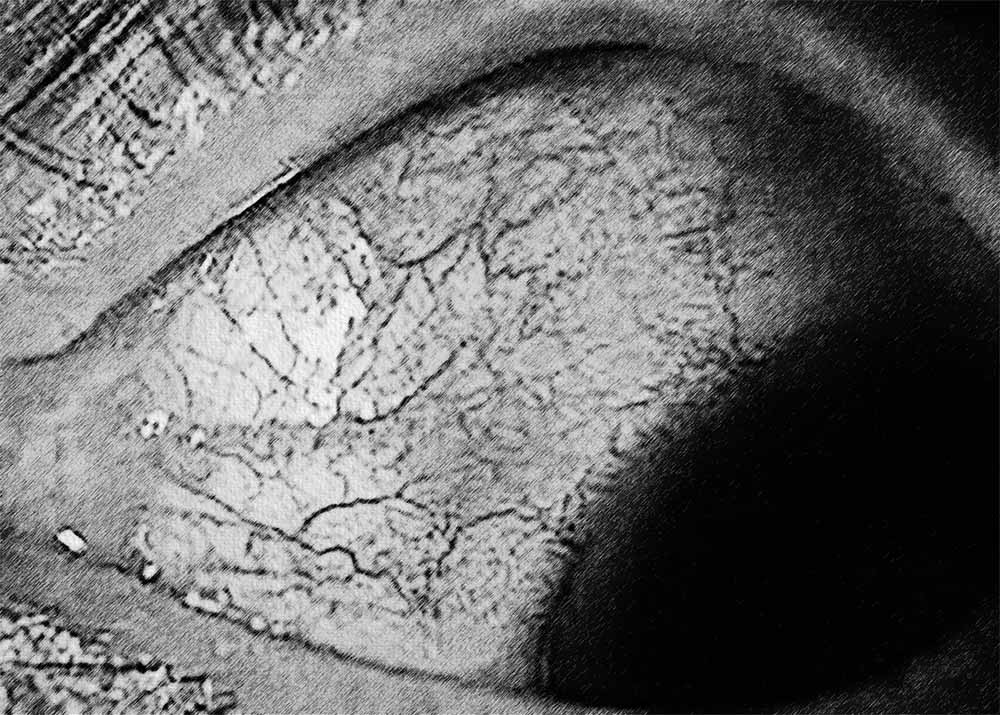
Drawing inspiration from the pioneering research of Dr. Rife, who unearthed the therapeutic potential of precise frequencies and harnessed light for their propagation, Retyne's methodology embraces contemporary insights into invisible infrared technology. By leveraging current advancements and building upon historical investigations into frequency-based light transmission, Retyne has developed the innovative Retyne Eye Treatment Mask. This cutting-edge device represents the synthesis of modern breakthroughs in visual healthcare, offering a comprehensive solution rooted in both tradition and progress.
Moreover, for those utilizing advanced hardware such as the RDPV4, a secondary set of specific frequencies for Scleritis are the Group at program 3077: ( 0.06, 0.5, 0.87, 12.85, 27.5, 141, 301.23, 453.02, 783.4, 825.03 ). The RDPV4 offers an expanded range of frequencies, finely calibrated to provide even greater precision in addressing Scleritis. By incorporating this secondary set of frequencies, the RDPV4 elevates the potential therapeutic benefits of the Retyne eye Treatment Mask, catering to individuals seeking advanced solutions for their visual health needs.
Scleritis General Group 1233 (0.06, 0.5, 0.87, 12.85, 27.5, 141, 301.23, 453.02, 783.4, 825.03)
Scleritis [Eye Inflammation] Specific Group exists at program 3077: : 0.06, 0.5, 0.87, 12.85, 27.5, 141, 301.23, 453.02, 783.4, 825.03
Compatibility
Standalone controller (Program #4) (Controller shipped with Retyne Eye Treatment Mask)
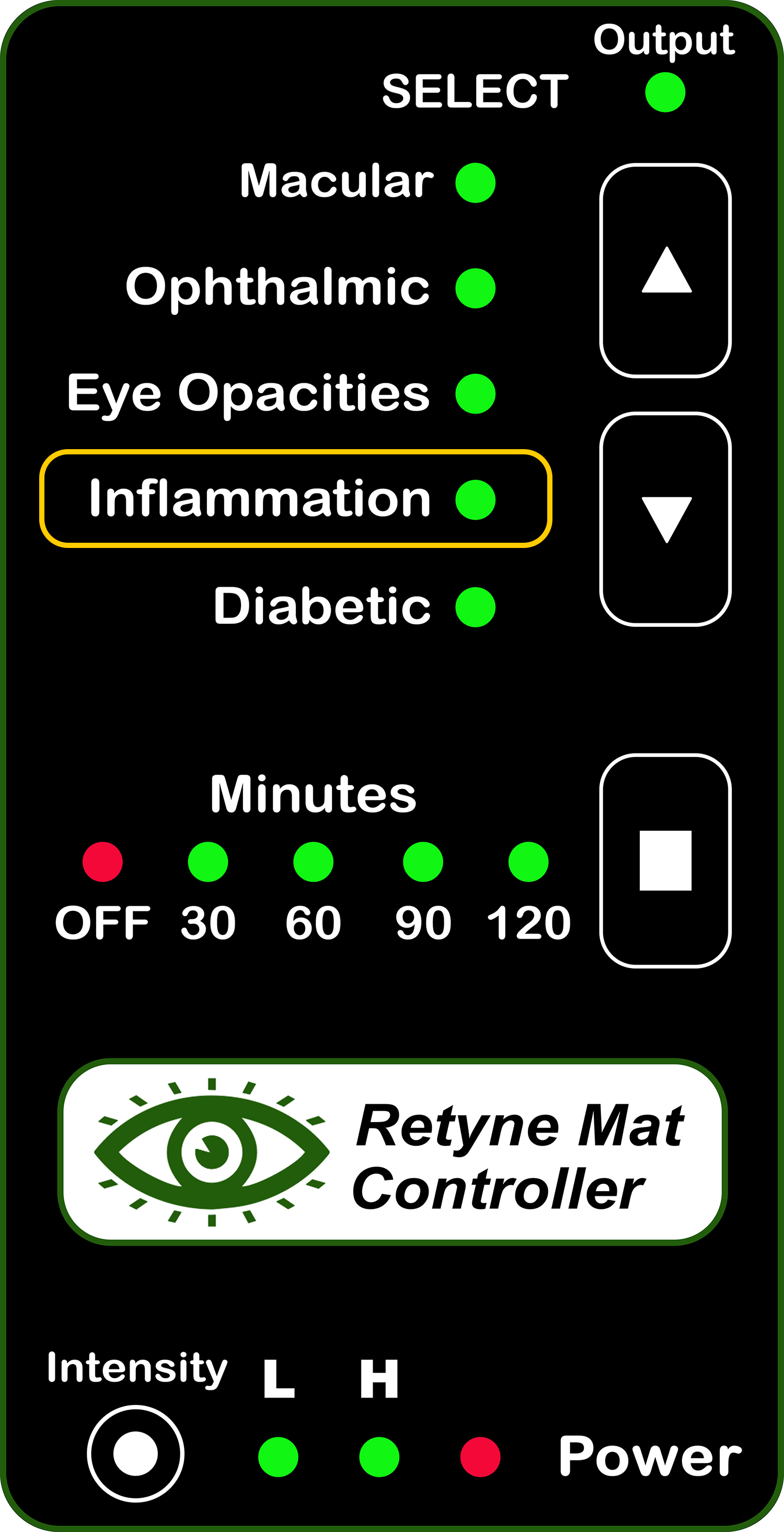
RDPV4 (Direct connect, use group 3077)
RDPV4 Light Mask Program button 4
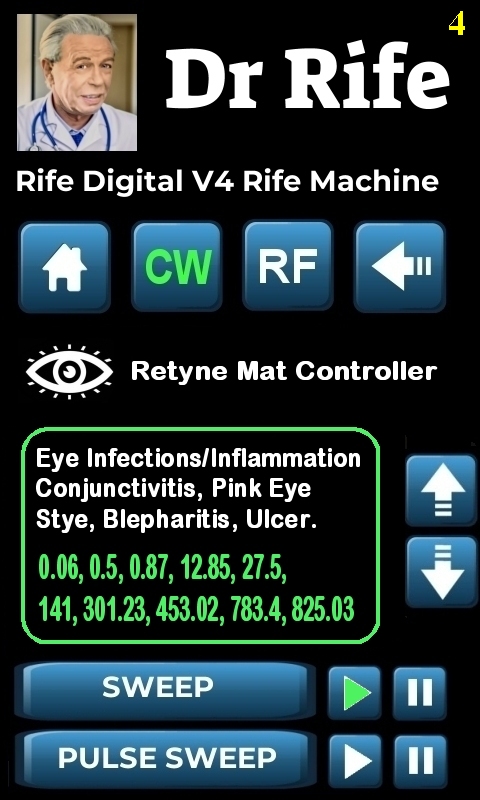
Click here for instructions on using the Retyne Mask + Controller
